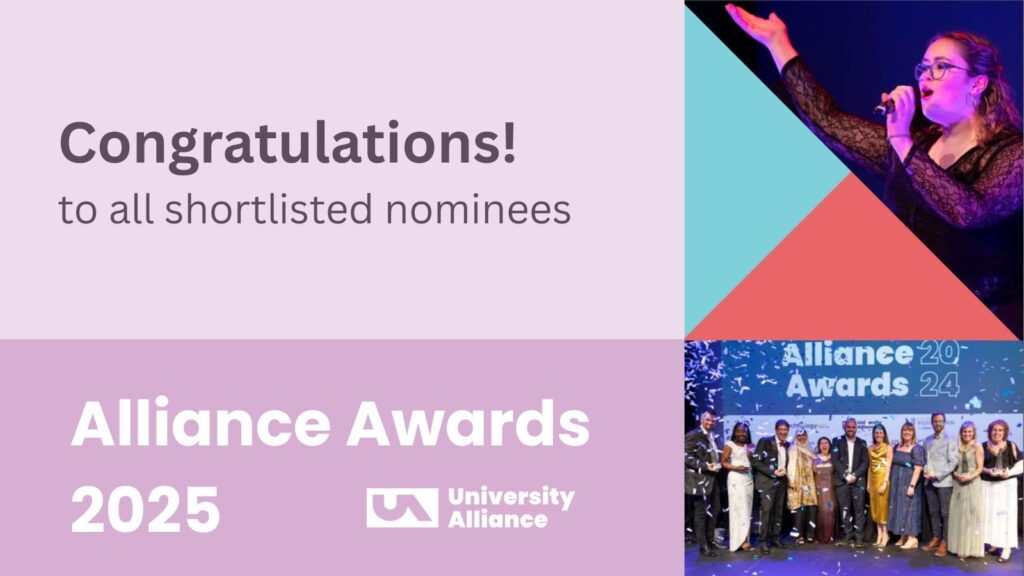
An innovative partnership between the University of Greenwich and Charlton Athletic Football Club combines resources to help local people and organisations including schools, hospitals and community groups. The university’s students are among those to benefit from the partnership, including having access to some of the state-of-the-art sports, exercise and training facilities at Charlton’s training ground, which sits next to the university’s Avery Hill Campus.
Responding to HEPI’s report on the educational underachievement of young men, University Alliance Chief Executive Maddalaine Ansell said:
“This is an important piece of work – both men and women should be able to benefit from a university education. There is growing evidence that young men are not fulfilling their potential and this needs to be addressed.
“The authors are right to focus on the need for universities to adjust the way they teach for students who might learn in different ways. Alliance universities’ experience suggests that this is most likely to happen where there is strong institutional commitment to ensure that all students reach their potential. Setting objectives can help, as can sophisticated use of data analytics to identify whether particular groups underperform on particular elements of a course – and why.
“As the report suggests, our higher education system needs to be more flexible. In particular, it should be easier for students to move between academic and vocational, and full-time and part-time, provision throughout their lives. This requires genuine parity of esteem across different forms of learning.”
Notes to editors:
- Alliance institutions have a strong track record in working with partners to encourage entrants through different routes – for example, Greenwich and Kingston Universities are working alongside Fulham and Charlton Athletic Football Clubs, using football to raise awareness of all the benefits a degree has to offer youngsters who come from families with no previous experience of university education.
- Institutions adopting specific objectives is effective: The University of Hertfordshire has reduced its BME attainment gap by 7% between 2012-2014/15 after making an institutional commitment to tackle this issue.




